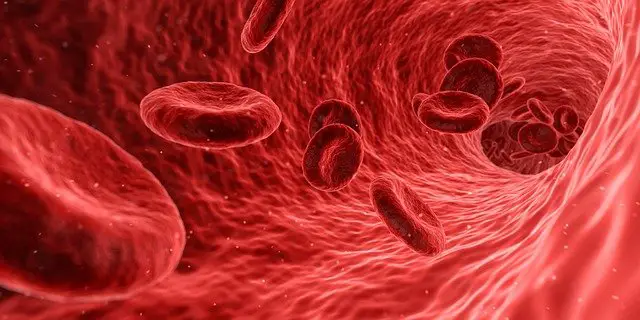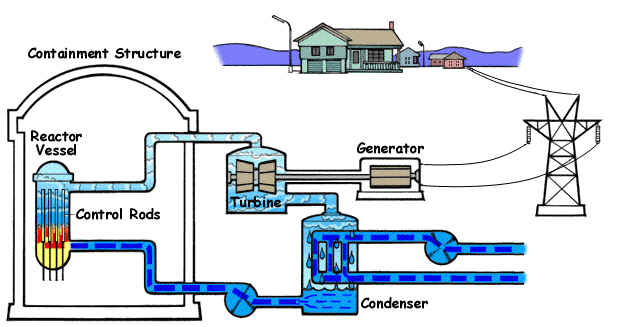
In everyday life, we find numerous applications of fluid mechanics without realizing it.
Fluid mechanics is a field of physics that studies the behavior of fluids (liquids, gases, and plasmas) at rest or in motion. It is a subject without the information that it is made out of atoms; that is, it models matter from a macroscopic viewpoint.
A fluid is a substance that can be continuously deformed and has a finite resistance to deformation. Depending on its properties, we can distinguish the following types of fluids:
-
Compressible and incompressible fluids
-
Newtonian and non-Newtonian fluids
-
Ideal and real fluids.
A wide range of fluid mechanics problems is solved by mathematical equations such as the continuity equation or Archimedes' principle describing fluids' behavior. These equations are derived from the fundamental laws of physics, such as the law of conservation of mass, momentum, and the law of conservation of momentum.
From a mechanical engineering point of view, calculations to study the motion of fluid particles are sometimes combined with numerical calculation techniques. The result is what is known as computational fluid dynamics.
In this article, we describe some fluid mechanics application examples to show the importance of fluids in mechanical and chemical engineering in our daily lives.
Example 1: Circulatory system
 Blood is an example of fluid particles that move through the interior of our body. Likewise, the circulatory system is an example of fluid mechanics in which the concepts of pressure and density are essential for proper functioning.
Blood is an example of fluid particles that move through the interior of our body. Likewise, the circulatory system is an example of fluid mechanics in which the concepts of pressure and density are essential for proper functioning.
The heart acts like a pump that pushes blood through the veins, arteries, and capillaries.
Example 2: an irrigation system
The regulation of pressure and water flow in an irrigation system is another example of the application of fluid mechanics. Fluid mechanics is used to calculating the flow rate and pressure required to move water through the system.
In most sprinkler designs the oscillating motion is dependent on the water pressure. Therefore, flow and pressure are also crucial elements in defining the reach of the water.
Example 3: Why do airplanes fly?
In an aircraft, the wings create a force called lift that lifts the plane and keeps it in the air. Lift occurs when the airflow splits around the wings and moves faster over the top of the wings than it does over the bottom. This creates a pressure difference between the top and bottom of the wings, which produces lift according to Bernouilli's principle.
Example 4: Windmills
The optimal aerodynamics of a windmill used in a wind power installation is studied using fluid mechanics. Air is a fluid in motion that, depending on how the impact is made with the blades of the wind turbine, varies the performance and obtaining the electrical energy generated.
Example 5: Why does a hot air balloon fly?
A hot air balloon rises because the air around the balloon has more density than the gas inside the balloon. Density is the mass per unit volume; in this case, the outside air is heavier than the air inside the balloon that tends to rise.
The hot air inside the balloon exerts an outward pressure on the walls of the balloon, and this pressure is greater than the gravitational force that is pulling down on the balloon.
The pressure difference is what allows the balloon to stay in the air.
Example 6: The hydraulic circuit of a nuclear power plant
A nuclear power plant station is a type of thermal power plant which uses uranium as fuel. A nuclear power plant aims to generate electricity from the heat obtained through a nuclear fission reaction.
 The heat obtained in the nuclear reactor is used to heat a fluid and generate steam, which is another type of fluid. Steam enters the turbine at high pressure and speed and expands through the turbine blades.
The heat obtained in the nuclear reactor is used to heat a fluid and generate steam, which is another type of fluid. Steam enters the turbine at high pressure and speed and expands through the turbine blades.
This action causes the blades to rotate, which produces mechanical energy.
The study of the differential equations of a fluid allows the design of more efficient turbines and suitable circuits to withstand these pressure and temperature conditions.
Example 7: A hydroelectric plant
A hydraulic power plant is a civil engineering work in which water is stored to drive a set of turbines and generate electricity.
In this fluid mechanics example, we can study both fluid flow and fluids at rest.
The physical study of fluid statics is necessary to calculate the dimensioning of the water dam to resist the water pressure. On the other hand, to calculate the sizing and performance of hydraulic turbines, we must take into account the equations that regulate moving fluids, such as the Bernoulli equation or the Navier-Stokes equations.
Example 8: Formula 1 race cars
Another example of fluid mechanics is in the design of vehicles, such as cars and motorbikes.
This branch of continuum mechanics aims to create a design that minimizes drag, or the resistance to motion through a fluid. It is done by understanding how air flows around objects and how to control that flow. For example, Formula 1 race cars use intricate aerodynamic designs to minimize drag and maximize speed.
Example 9: Maremotrice and tidal power
Tidal power is an example of the branch of fluid mechanics. It is a renewable energy source that can be harnessed to generate electricity. Tide mills have been used for centuries to grind grain, but more recently, they have been used to generate electricity.
Tidal power plants work by using the natural rise and fall of tides to move water through turbines, which spin generators to produce electricity. There are two types of tidal power plants: barrage plants and stream plants.
On the one hand, barrage plants are built across estuaries, where they impound water behind dams during high tide. When the wave starts to ebb, the gates are opened, and the water flows through turbines before being released back into the sea.
On the other hand, stream plants are less common than barrage plants. They use submerged turbines that are driven by currents created by the tide.
Nevertheless, both types of plants have their advantages and disadvantages. Barrage plants can be built relatively cheaply and efficiently, but they can cause environmental problems such as disrupting wildlife habitats and altering local ecosystems. Stream plants are more expensive to make but have a less ecological impact.